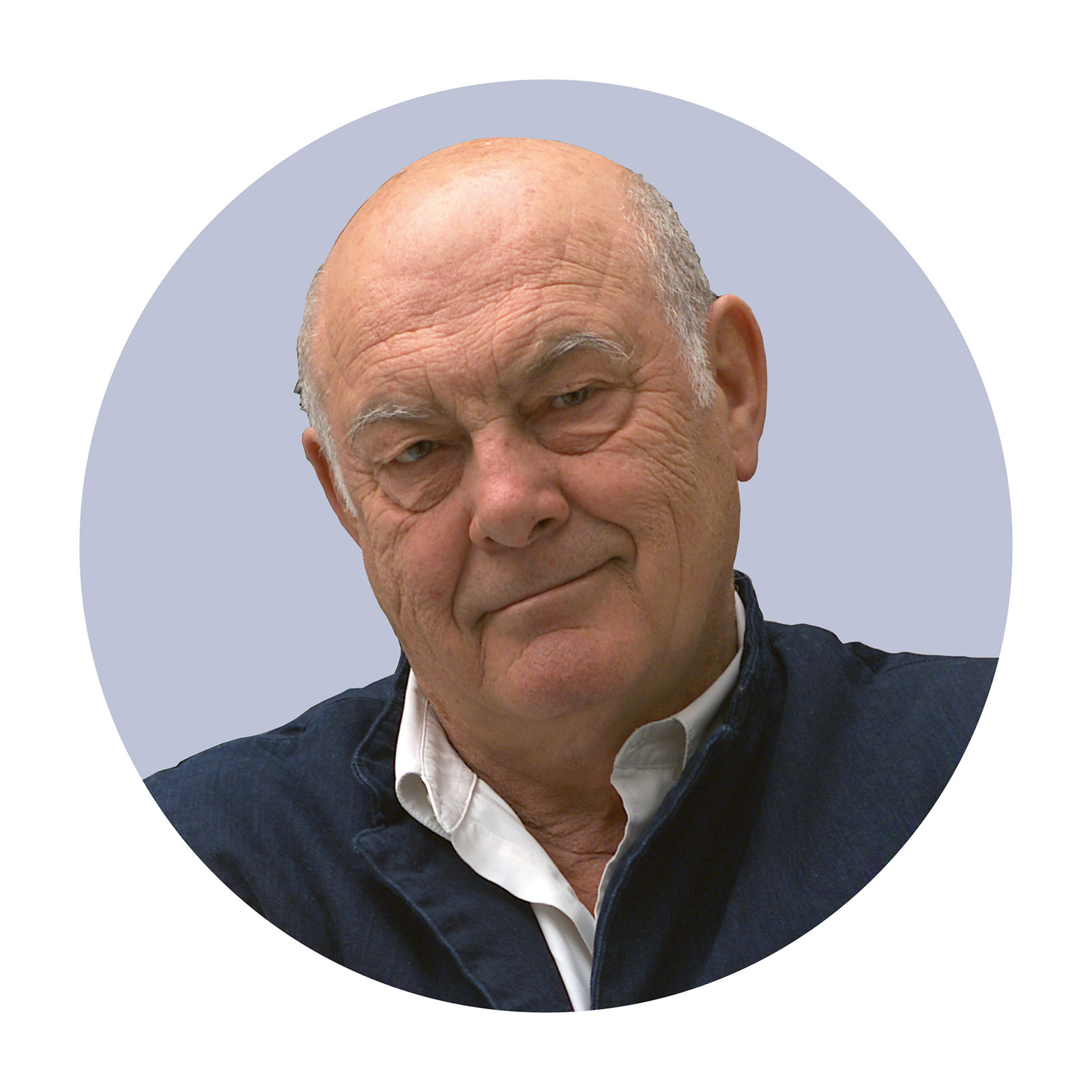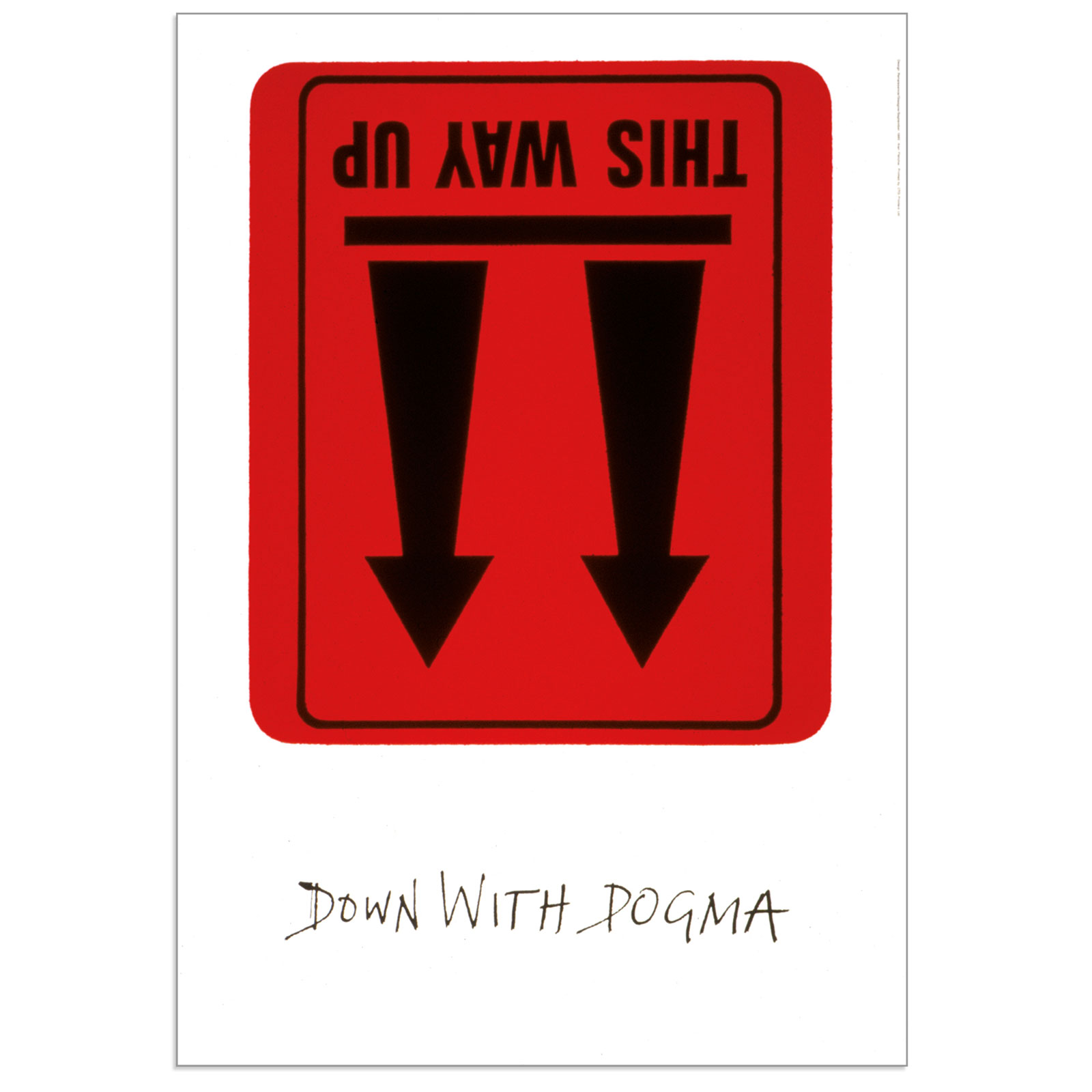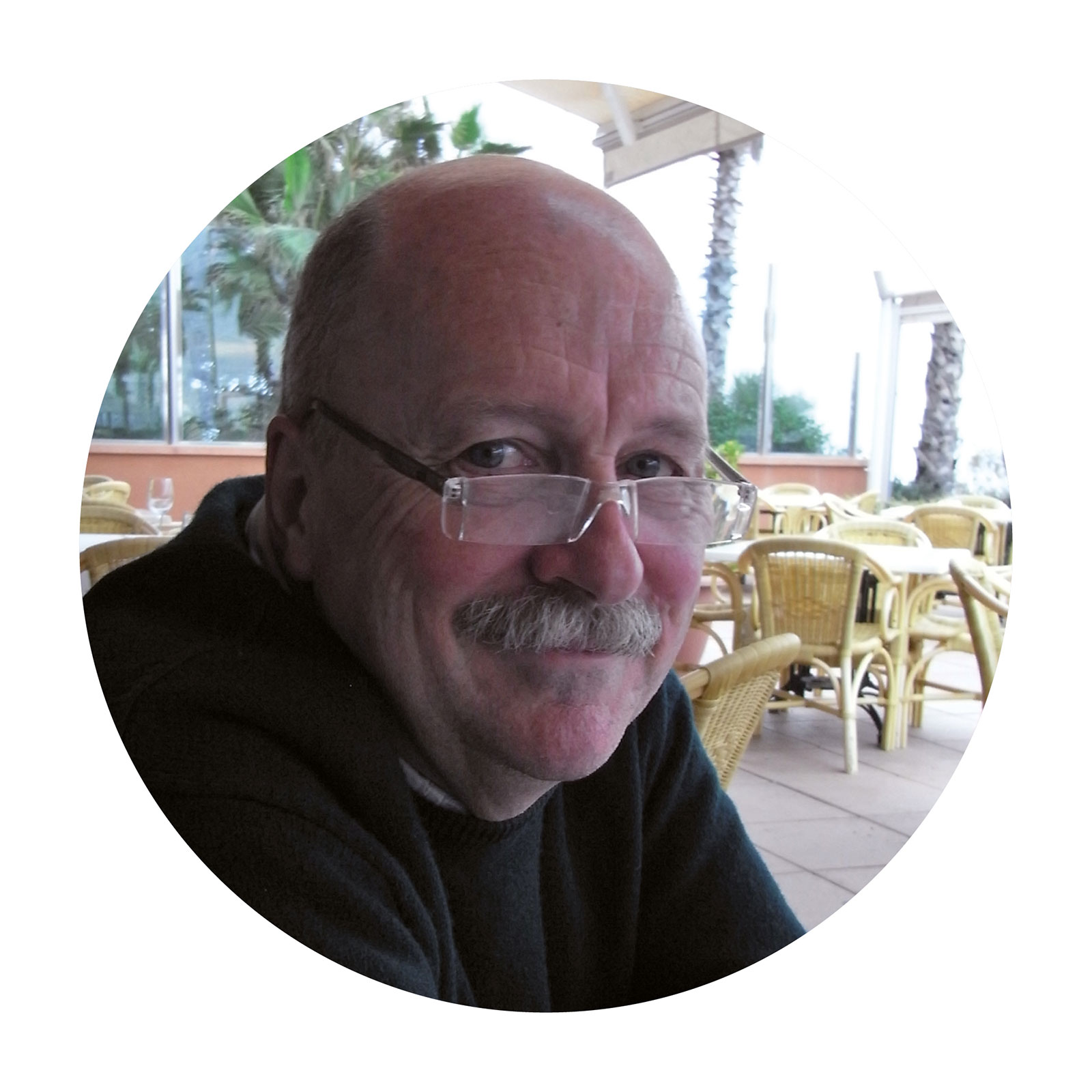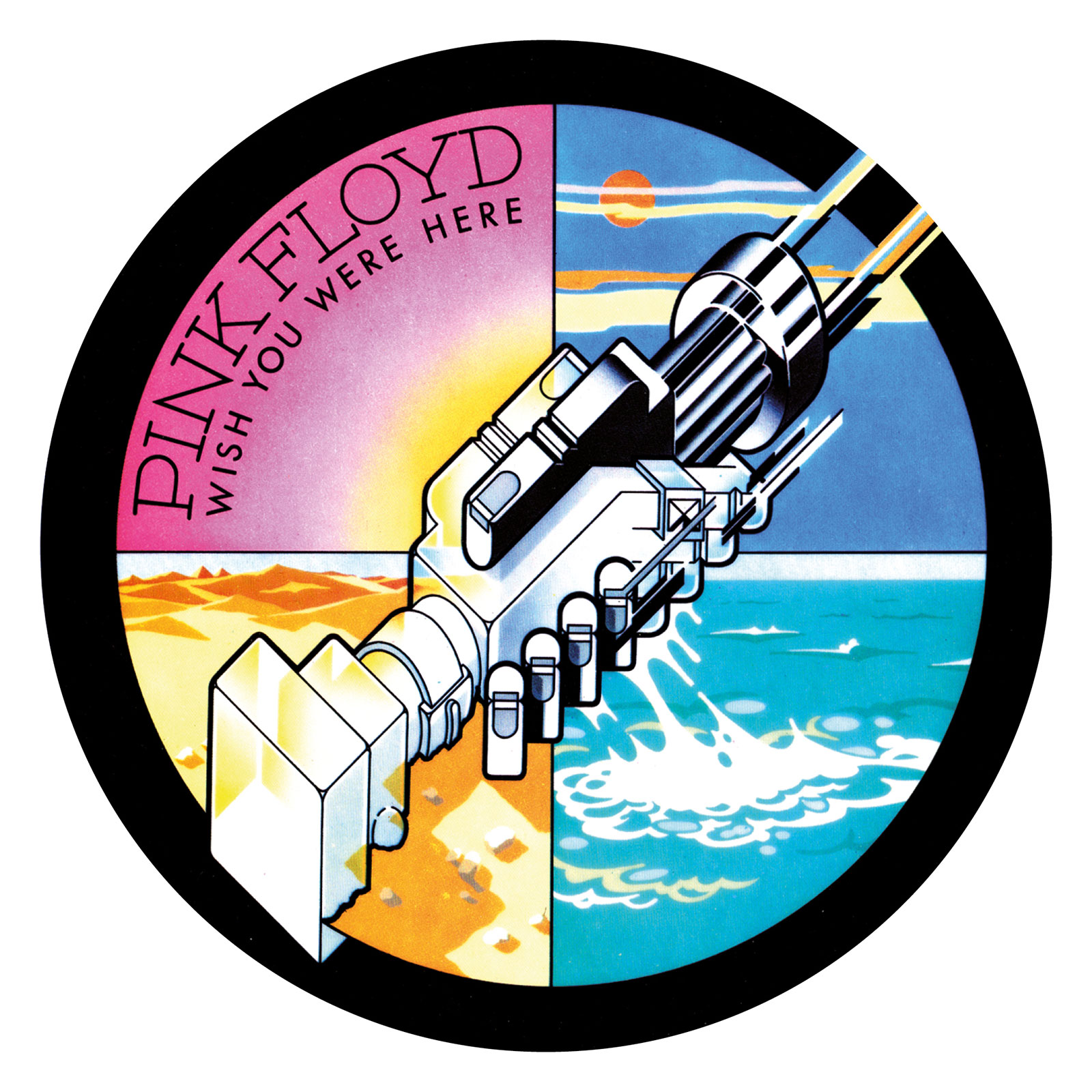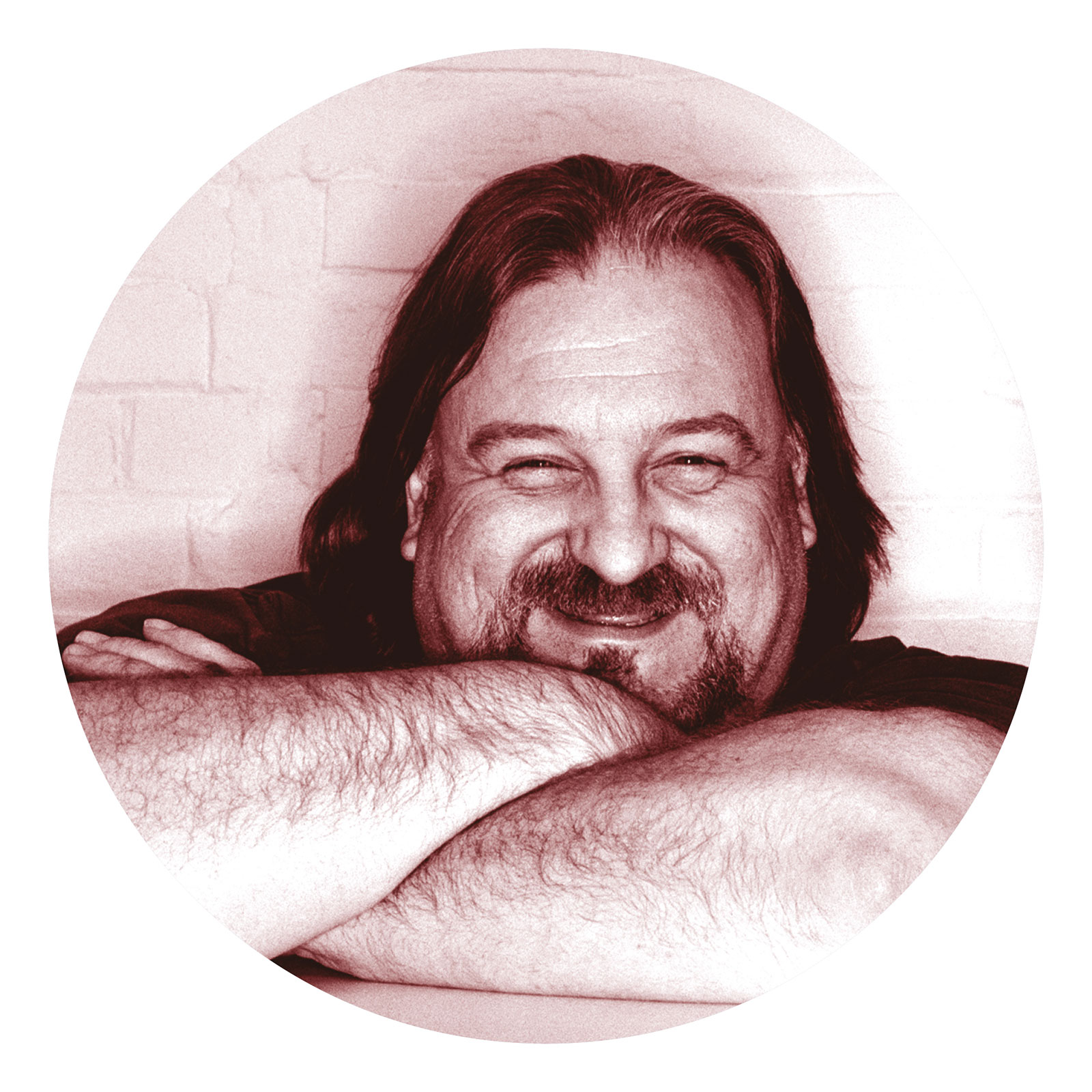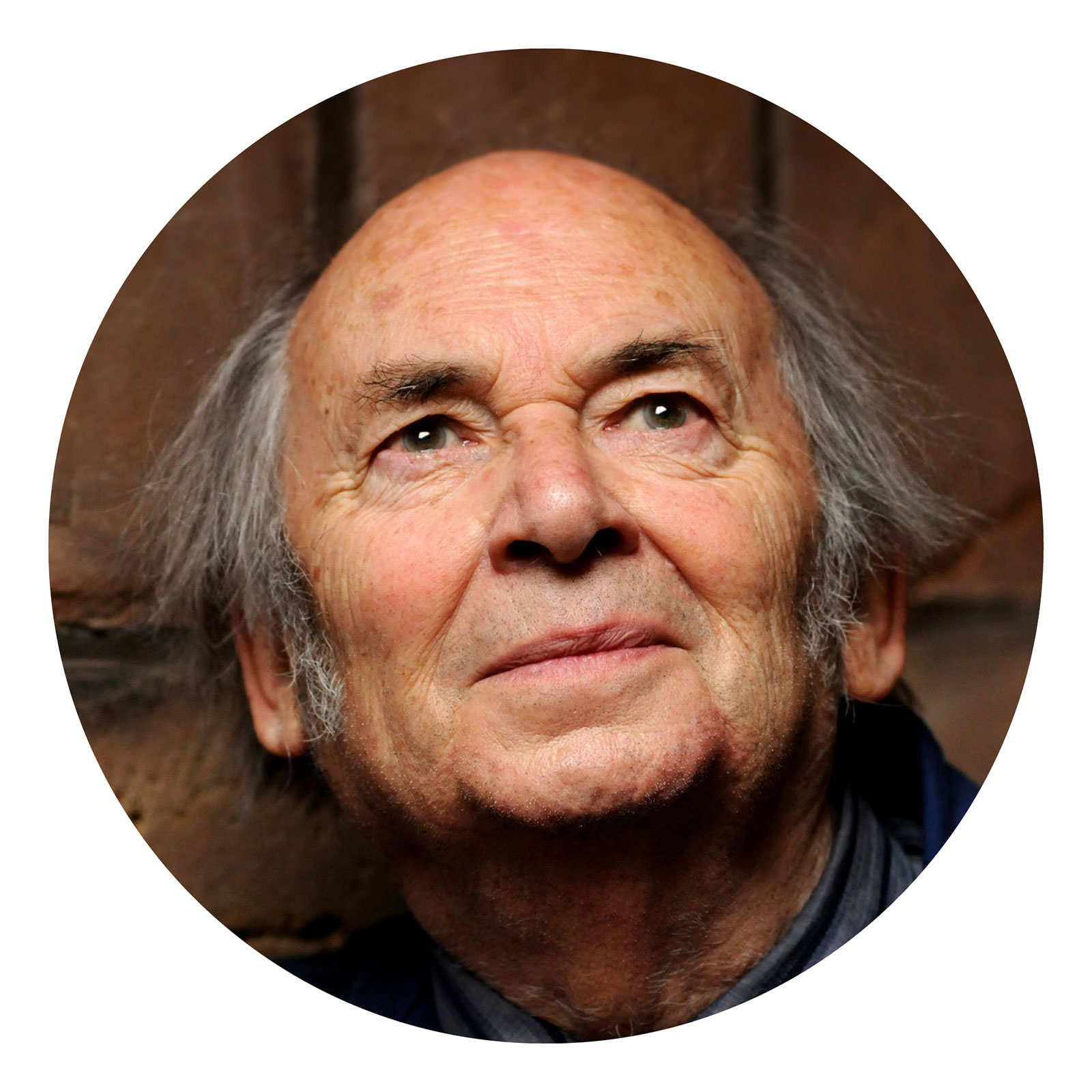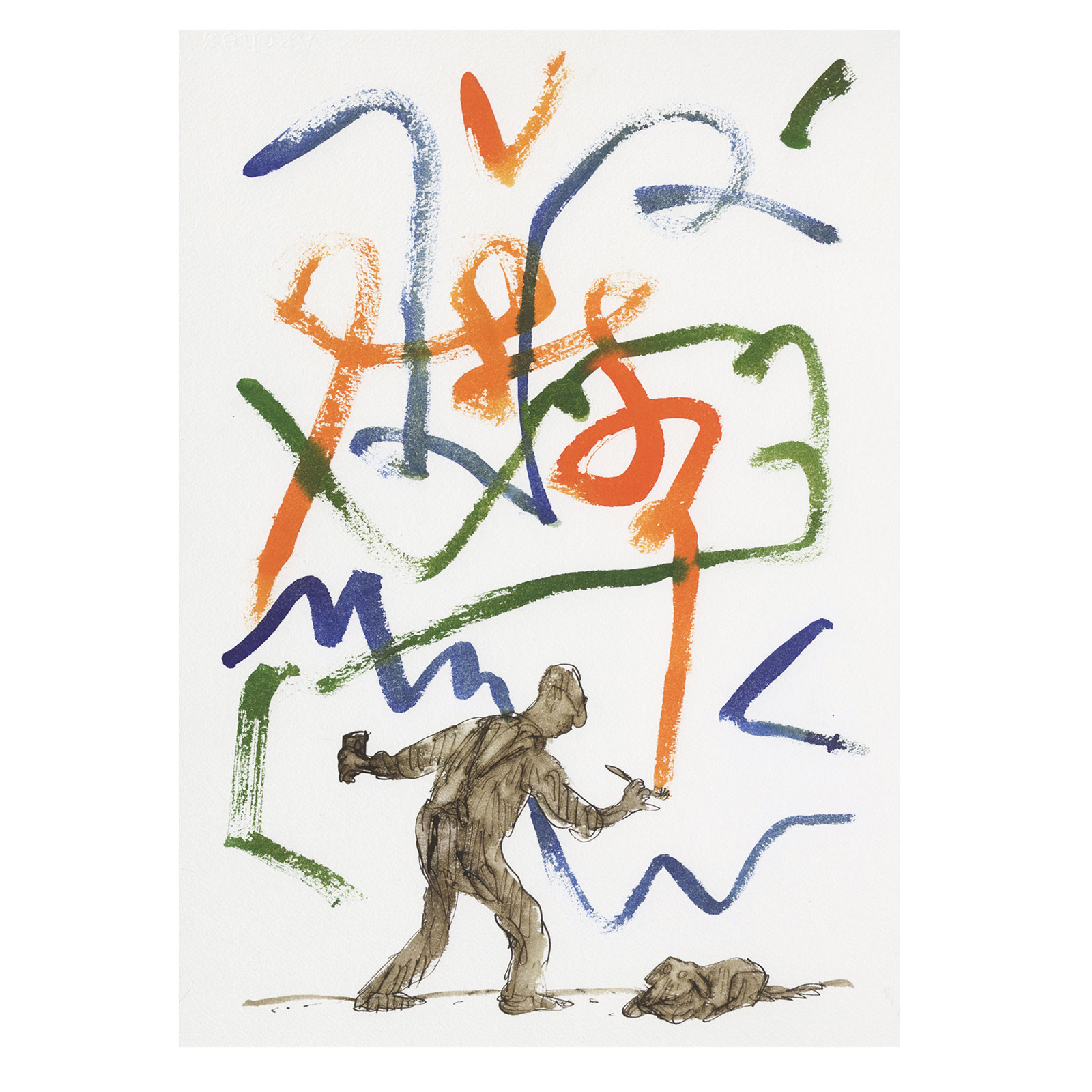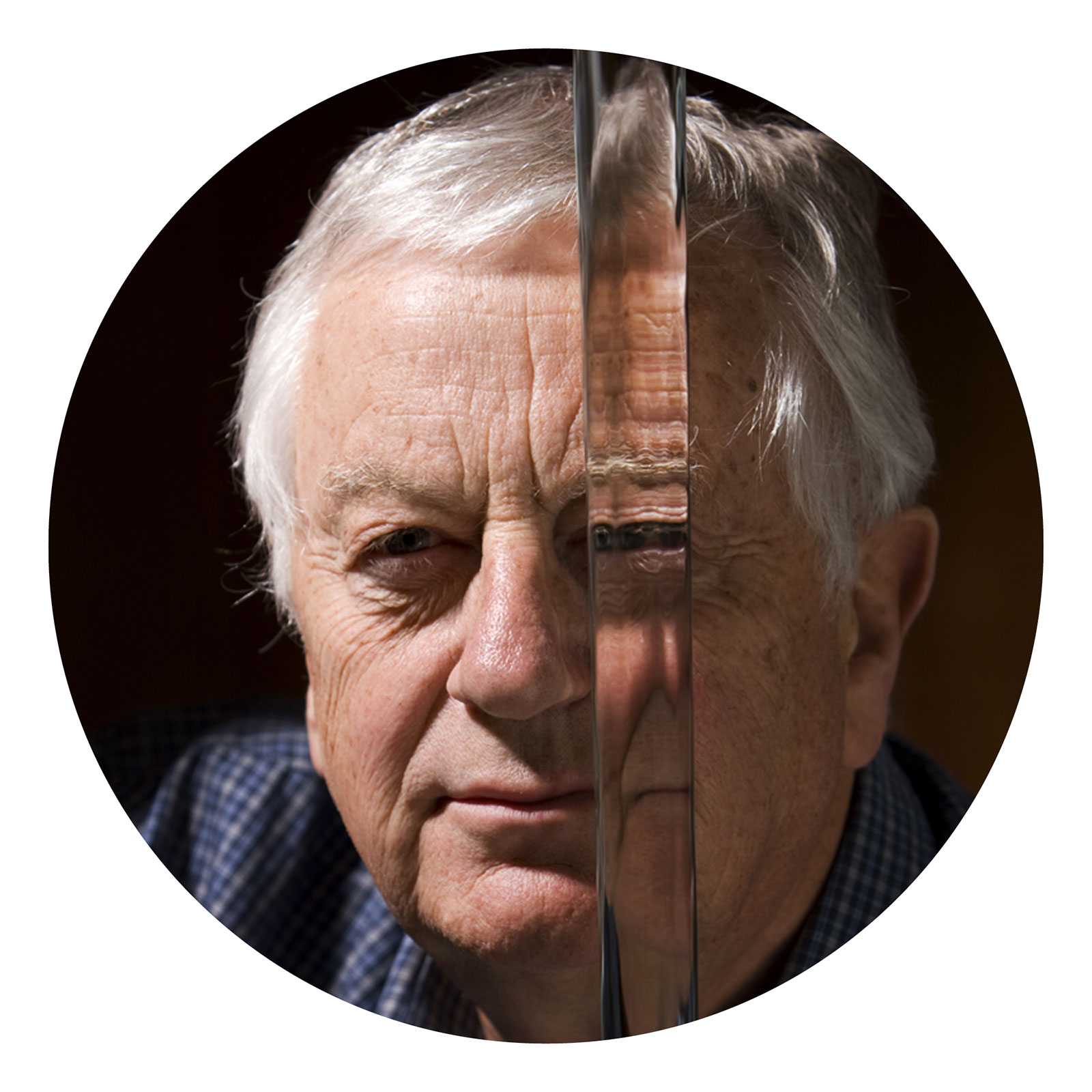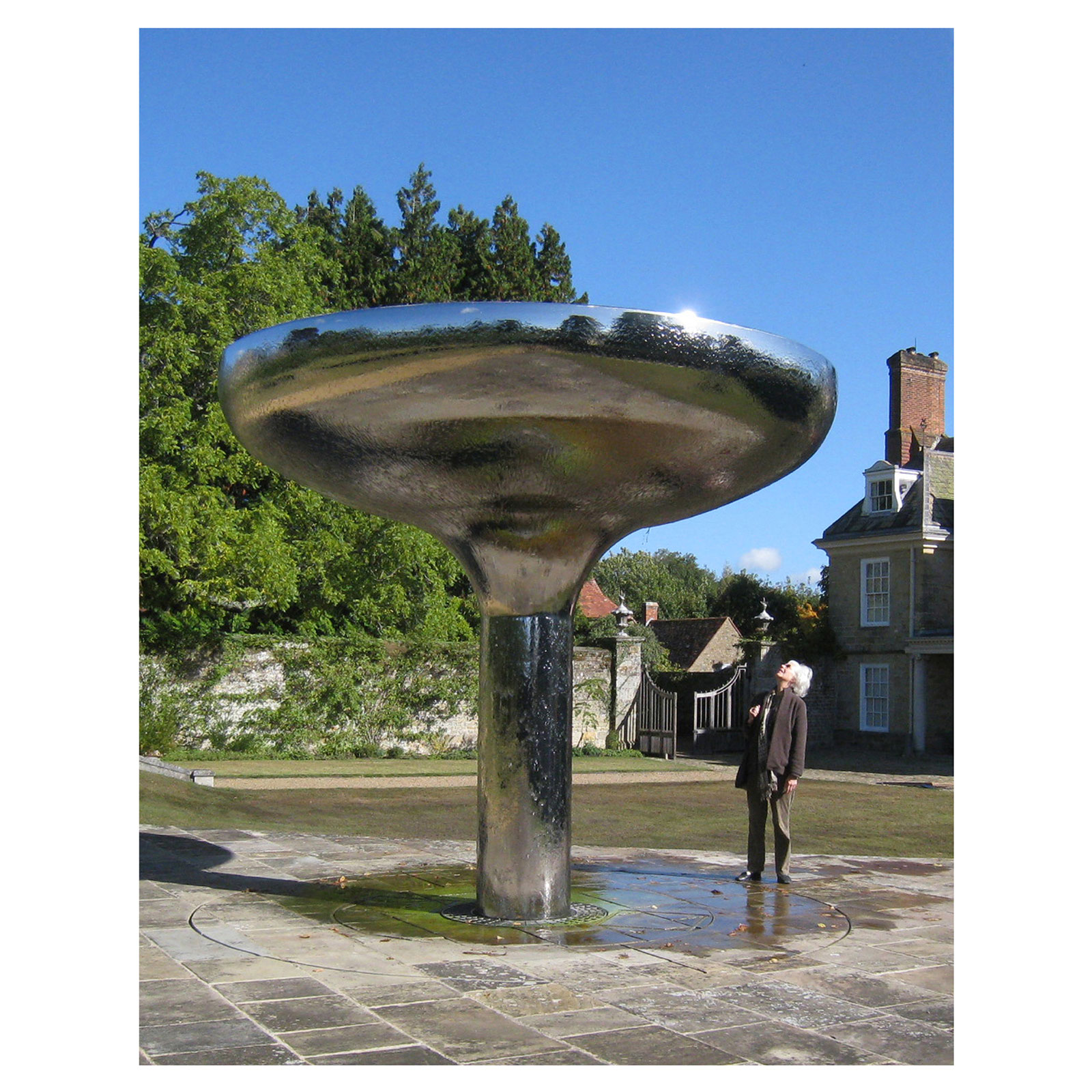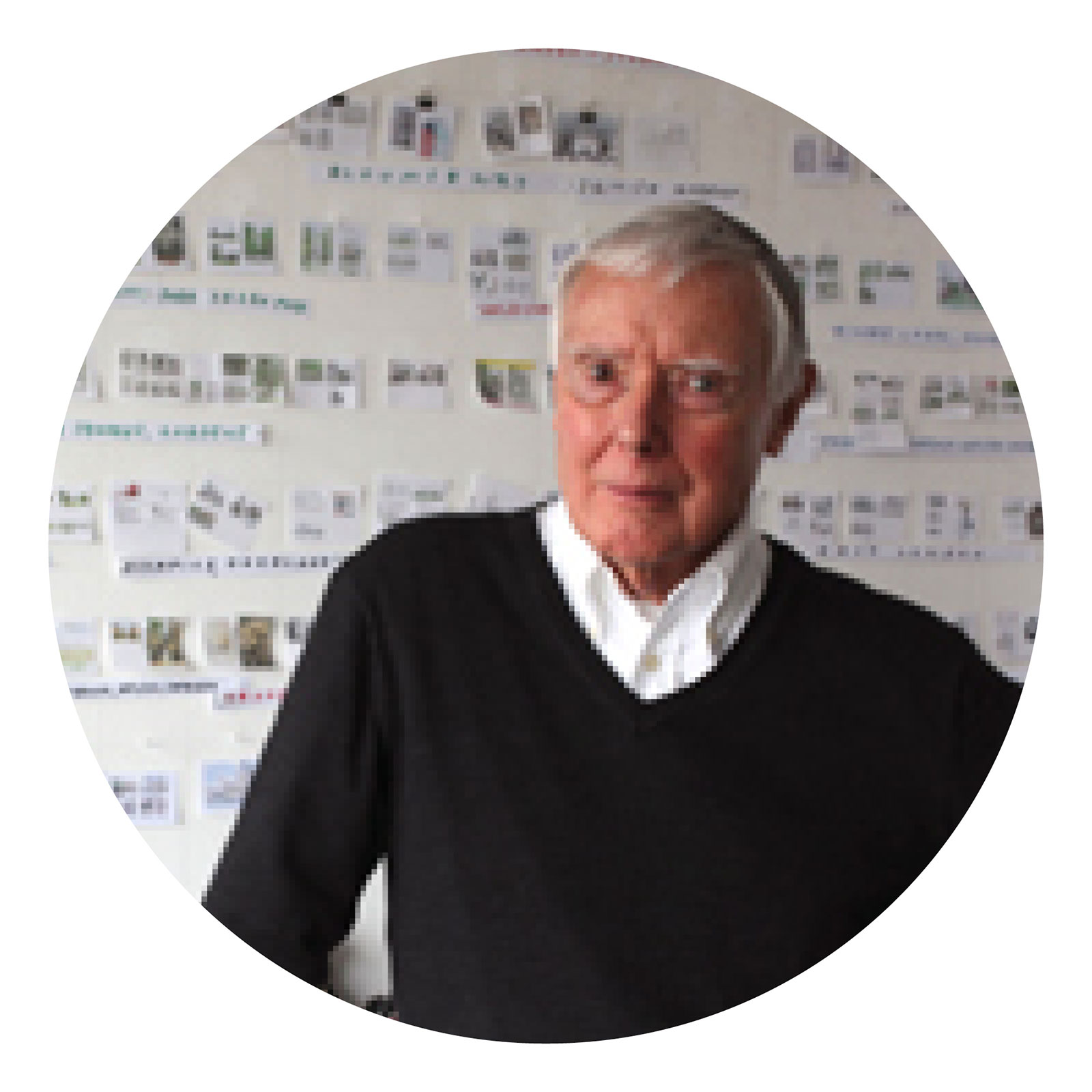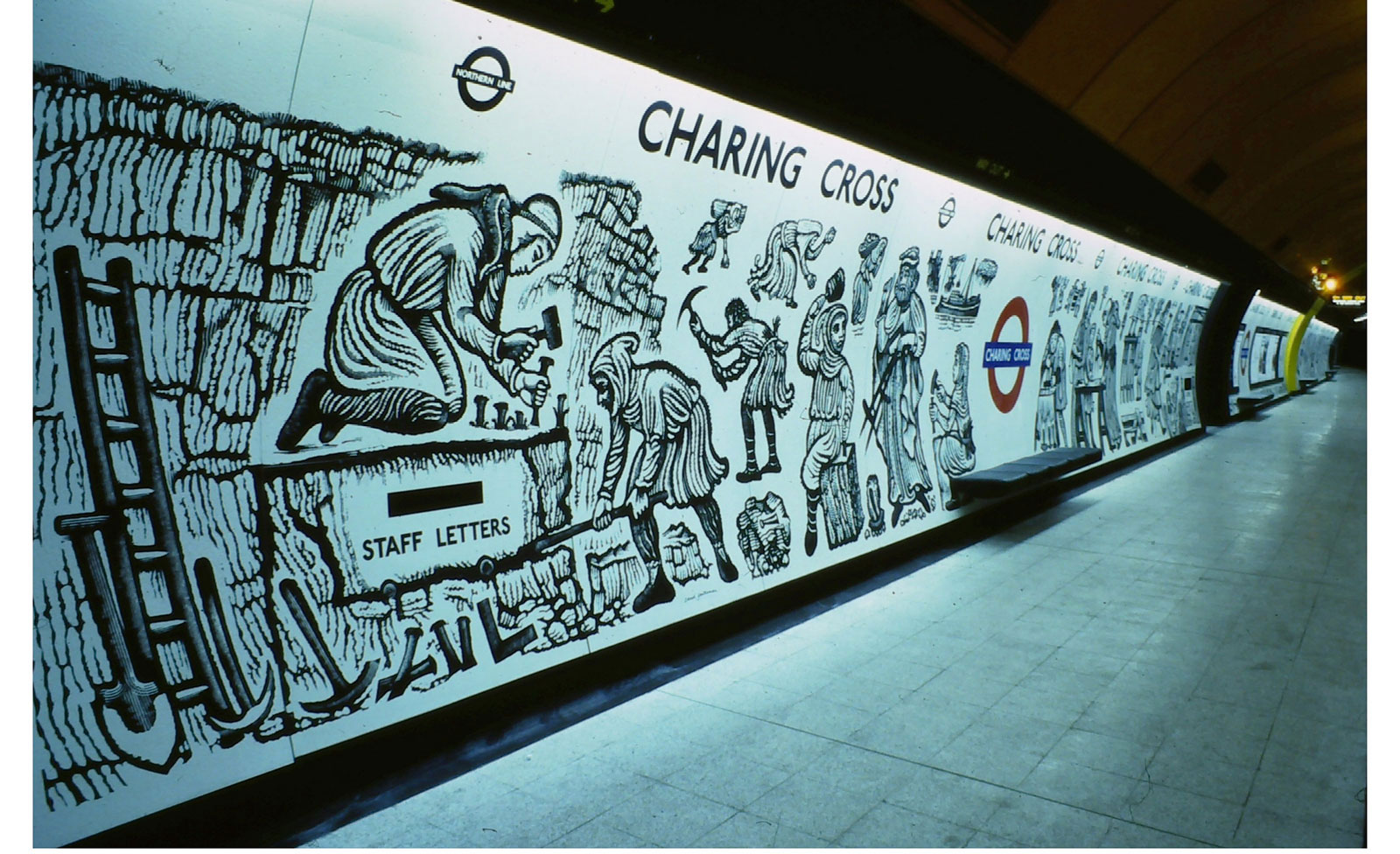Head / Hand / Heart is a not for profit series of inspirational talks and accompanying exhibitions by luminaries from the world of design and the visual arts.
The title derives from the assertion by Richard Guyatt, Professor of Graphic Design at the RCA 1948 – 1979, that every piece of great art and design is a product of the head (intellect), the hand (skill) and the heart (emotion, passion). Each guest is chosen as having been of particular inspiration to Paul Martin Studio.
The invited audiences comprise students, clients, business associates and friends of all ages. Not all who attend would necessarily be aware of the speakers and their activities, or get the opportunity to see them outside of London, but all leave inspired.

